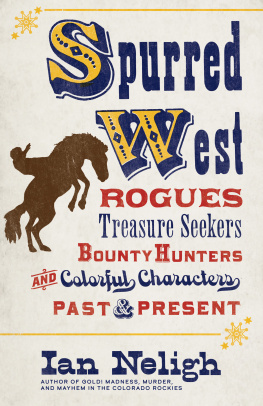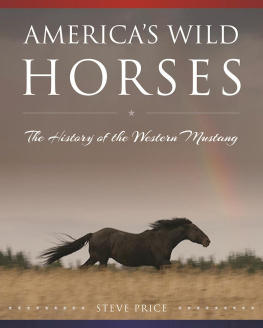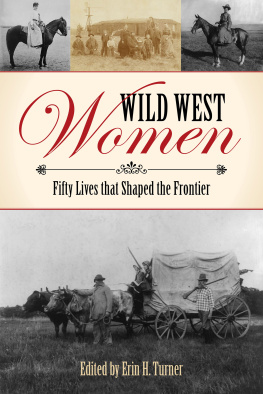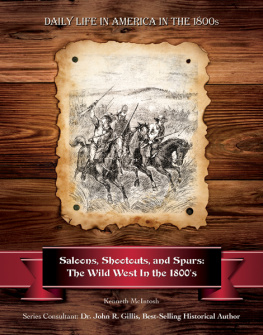Mike Cox - Finding the Wild West: The Great Plains: Oklahoma, Kansas, Nebraska, and the Dakotas
Here you can read online Mike Cox - Finding the Wild West: The Great Plains: Oklahoma, Kansas, Nebraska, and the Dakotas full text of the book (entire story) in english for free. Download pdf and epub, get meaning, cover and reviews about this ebook. year: 2021, publisher: TwoDot, genre: Detective and thriller. Description of the work, (preface) as well as reviews are available. Best literature library LitArk.com created for fans of good reading and offers a wide selection of genres:
Romance novel
Science fiction
Adventure
Detective
Science
History
Home and family
Prose
Art
Politics
Computer
Non-fiction
Religion
Business
Children
Humor
Choose a favorite category and find really read worthwhile books. Enjoy immersion in the world of imagination, feel the emotions of the characters or learn something new for yourself, make an fascinating discovery.

- Book:Finding the Wild West: The Great Plains: Oklahoma, Kansas, Nebraska, and the Dakotas
- Author:
- Publisher:TwoDot
- Genre:
- Year:2021
- Rating:5 / 5
- Favourites:Add to favourites
- Your mark:
Finding the Wild West: The Great Plains: Oklahoma, Kansas, Nebraska, and the Dakotas: summary, description and annotation
We offer to read an annotation, description, summary or preface (depends on what the author of the book "Finding the Wild West: The Great Plains: Oklahoma, Kansas, Nebraska, and the Dakotas" wrote himself). If you haven't found the necessary information about the book — write in the comments, we will try to find it.
A modern-day explorers guide to the Old West
From the famed Oregon Trail to the boardwalks of Dodge City to the great trading posts on the Missouri River to the battlefields of the nineteenth-century Indian Wars, there are places all over the American West where visitors can relive the great Western migration that helped shape our history and culture. This guide to the Great Plains states of Oklahoma, Kansas, Nebraska and the Dakotas--one of the five-volume Finding the Wild West series--highlights the best-preserved historic sites as well as ghost towns, reconstructions, museums, historical markers, statues, and works of public art that tell the story of the Old West. Use this book in planning your next trip and for a storytelling overview of Americas Wild West history.
Mike Cox: author's other books
Who wrote Finding the Wild West: The Great Plains: Oklahoma, Kansas, Nebraska, and the Dakotas? Find out the surname, the name of the author of the book and a list of all author's works by series.






